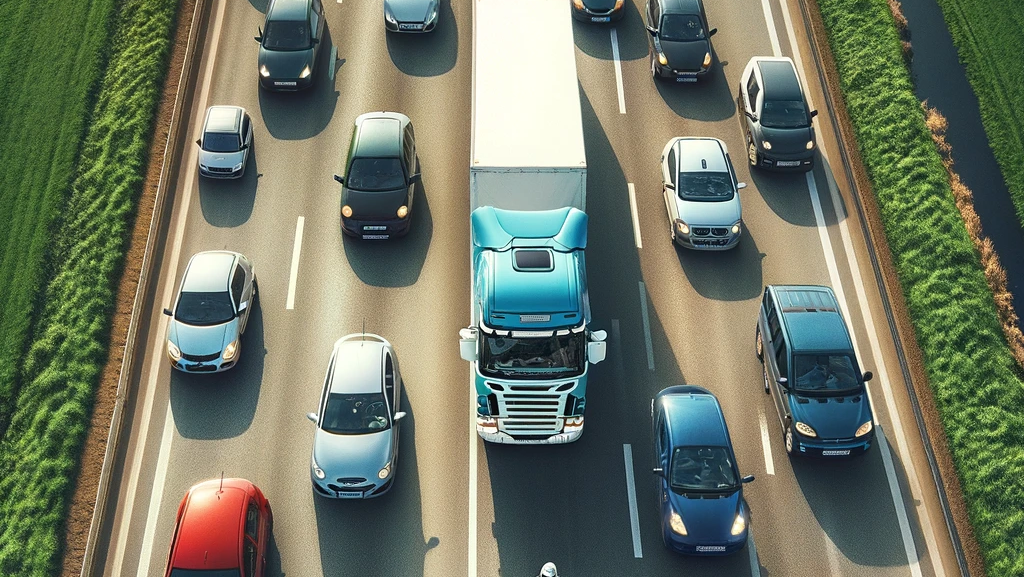Traffic jams can turn a pleasant ride into a frustrating ordeal. But for motorbike riders, filtering through traffic can be a game-changer. In this guide, we’ll dive into the art of filtering on a motorbike, covering essential tips, safety measures, and techniques to help you navigate through congested roads efficiently. Ready to become a traffic ninja? Let’s get started!
What is Filtering?
Filtering, also known as lane splitting, is the practice of riding a motorcycle between lanes of slow-moving or stationary traffic. It can significantly reduce commute times and alleviate the stress of being stuck in a jam.
The Legal Landscape
Before you start filtering, it’s crucial to understand the legalities in your area. Laws vary widely:
- United States: Only California has explicitly legalized lane splitting, while other states either prohibit it or lack clear regulations.
- United Kingdom: Filtering is generally accepted but must be done safely and responsibly.
- Australia: Legal with strict guidelines in certain states.
Check your local laws to ensure you’re riding within the legal framework.
Safety First: Essential Tips
Filtering can be risky if not done correctly. Here are some safety tips to keep in mind:
1. Stay Visible
Wear bright, reflective clothing and use your headlights. Make sure other drivers can see you.
2. Speed Control
Don’t exceed 10-15 mph over the speed of the traffic you’re filtering through. Faster speeds increase the risk of accidents.
3. Be Alert
Constantly scan for sudden movements from cars, such as door openings or lane changes.
4. Use Your Horn Sparingly
A short beep can alert drivers to your presence, but don’t overdo it.
5. Positioning Matters
Stay in the center of the lane lines. Avoid riding too close to either vehicle.
The Right Technique
Mastering the technique of filtering involves a combination of skill and caution:
1. Assess the Situation
Before you start, ensure the traffic is slow-moving or stationary. Look ahead for potential hazards.
2. Smooth Movements
Make smooth, deliberate movements. Sudden swerves can be dangerous.
3. Keep a Safe Distance
Maintain a safe distance from other vehicles. If you’re too close, you’ll have less time to react.
4. Be Predictable
Avoid weaving in and out. A predictable path reduces the likelihood of surprises for other drivers.
Common Mistakes to Avoid
Filtering can be a lifesaver, but it’s easy to make mistakes:
1. Speeding
Going too fast increases the risk of collisions. Stick to a manageable speed.
2. Ignoring Blind Spots
Always assume drivers might not see you. Check your surroundings constantly.
3. Overconfidence
Don’t assume you’re invincible because you’re on a motorbike. Stay cautious and humble.
Benefits of Filtering
When done correctly, filtering offers numerous benefits:
1. Time Savings
Get to your destination quicker by avoiding the worst of the traffic.
2. Reduced Stress
Skip the frustration of being stuck in a jam.
3. Fuel Efficiency
Spend less time idling, which can save on fuel.
4. Environmental Impact
Reduced idling also means fewer emissions, contributing to a greener environment.
Real-Life Examples
1. John’s Commute
John, a daily commuter, cut his travel time in half by safely filtering through rush hour traffic.
2. Samantha’s Weekend Ride
Samantha enjoys weekend rides and finds filtering invaluable in avoiding traffic jams, making her rides more enjoyable.

